Libby Osgood on learning how to learn about sustainability in the novitiate:
Learning how to learn about sustainability is not something I expected to learn in the novitiate. Ever in the process of transformation, I recognize that to be a sister means to have an endlessly renewed openness to the cries of the world. Today, that is ecological sustainability. Tomorrow… we’ll have to wait and see (and hopefully be open to whatever challenge comes).
An “endlessly renewed openness to the cries of the world” is something we should all cultivate.
For my old friend John Muir, who introduced me to BB Gabor 33 years ago, this lovely rendition of Big Yellow Taxi.
I noticed that my electronic boarding pass for my flight from Montreal to Charlottetown this afternoon had ITD OSS above the QR code, which I’d never seen before.
Some poking around revealed this this is an indicator for International To Domestic One Stop Security, and is the new system at Trudeau Airport that allowed me not have to exit customs, go back groundside, and go back through security again to continue my journey when connecting from the Boston to Montreal flight.
This is the first time I’ve benefited from this: upon arrival in Montreal, I was directed to a special customs area for connecting passengers. I went through the normal customs procedures, and then exited directly into the airside departures area.
This was a huge time and anxiety saver: at busy times in Montreal, having to exit and re-clear security could add 45 minutes to a connection.
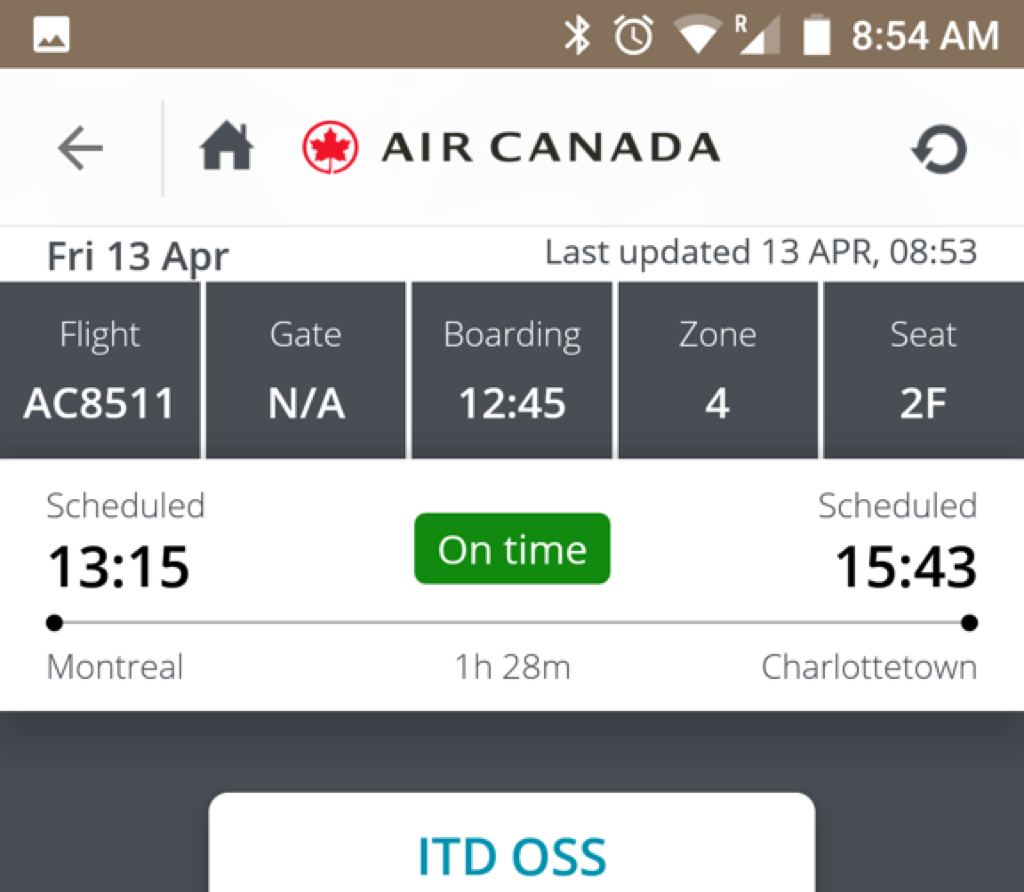
It truly is spring here in Boston: 14°C and sunny. So I could eat my chia pudding, drink my cappuccino, and read my New York Times out on the patio of the coffee shop around the corner.
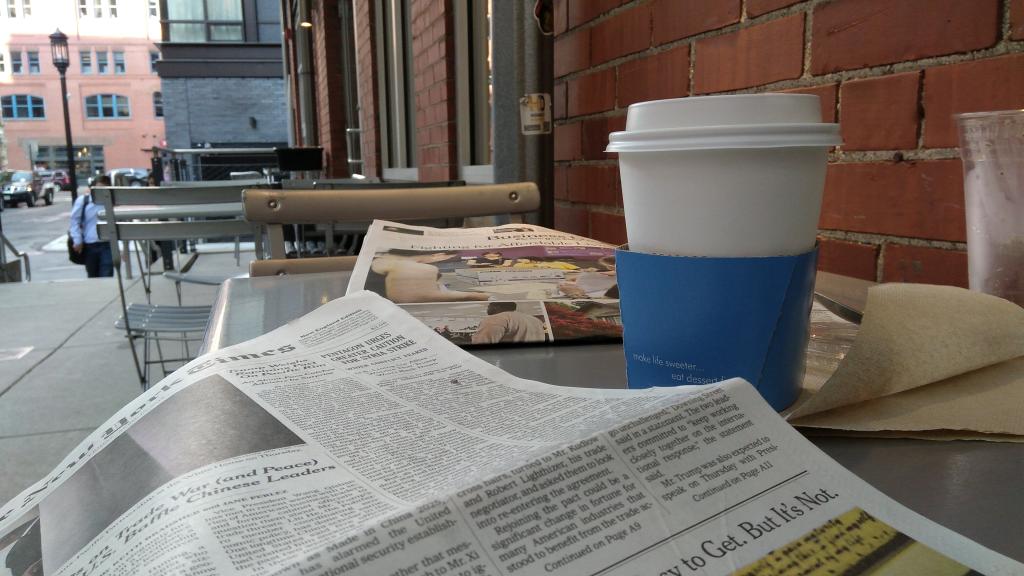
Airline schedules conspired to create a stopover for me in Boston tonight, en route home from New Hampshire.
I’m staying at Yotel, in the Seaport, a hip purple outpost hotel that thrums. There’s a rooftop bar on the 12th floor, where I sit and sketch and don’t worry about fitting in because I resonate on a more rural frequency.
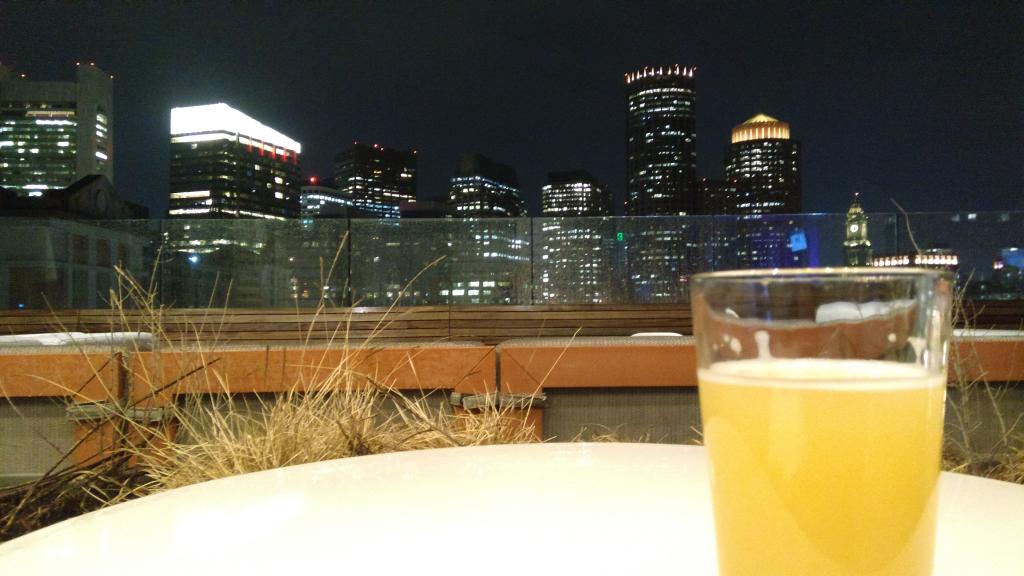
Eight years ago, I developed a sudden and unexpected interest in traditional printing, resulting from exposure, in Berlin museums, to evidence of the trade.
The interest may have stayed strictly academic if I had not taken the opportunity to travel to Brooklyn, eight years ago today, to take a one-day Introduction to Letterpress course from The Arm.
By the end of that day I was hooked, but also lamenting that I would return to Prince Edward Island with no way to continue. I was assured that the stars would align if I simply held my breath and had faith; sure enough, it wasn’t long before my friend Joan offered me the loan of a tiny Adana Eight-Five press, and I’ve been printing ever since.
Here’s the first job I ever printed that day in Brooklyn, a postcard for Oliver.

One of the things you don’t hear a lot of talk about in Charlottetown is how the men’s clothing marketplace has been almost completely hollowed out.
All the traditional downtown haberdashers but Dow’s are gone.
Eaton’s and Sears and Zellers and Target are gone. Tip Top Tailors is gone.
What we’re left with is a bunch of youth-focused shops like H&M and Urban Planet along with Walmart and Mark’s.
This means, essentially, that a middle-aged middle-income man in Charlottetown is as likely to be wearing Denver Hayes as not.
Being constitutionally unable to shop for clothing online, this leaves me to do my rare clothing shop during my twice or thrice yearly trips to New Hampshire; generally my shopping comes while I’m traveling to or from the airport in Boston, and generally it’s in the Nashua, NH area, both because of the absence of sales tax there, and the not unrelated concentration of retail stores.
Last night I stopped in a Kohl’s, an interesting department store the likes of which we no longer have in Canada: they’ve an unusually heavy focus on men’s clothing, and a feeling that’s more Sears or JC Penny than Target, but still slightly downmarket.
They also happen to cater well to my preference for short-sleeved button-down casually-fitting cotton shirts, shirts Oliver describes as “looking like they’re from the 1950s,” to which I reply “exactly!”
While my preference runs to solid colours, last night I took a flier on a Sonoma-branded shirt, on sale for $17, that’s white with blue sharks printed on it. I’m not sure whether it will work for me, but I’m happy it ain’t Denver Hayes.

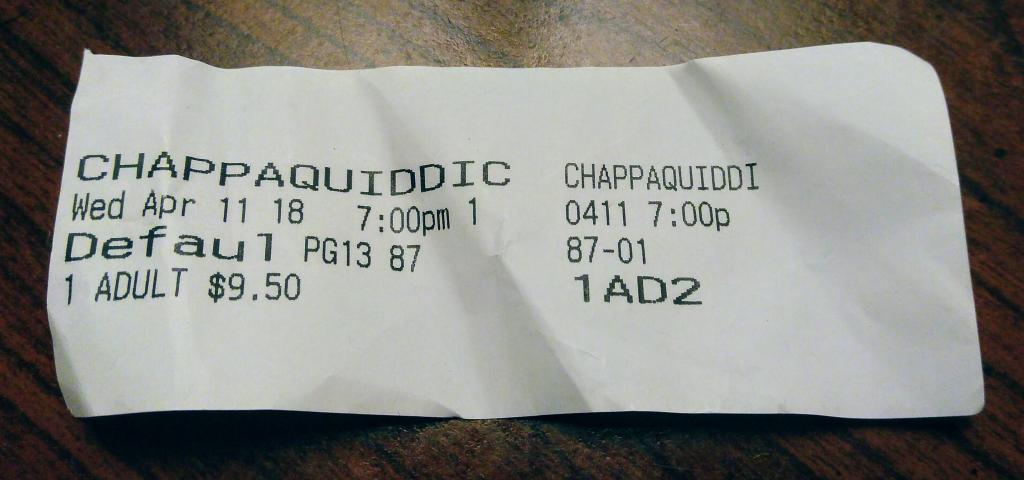
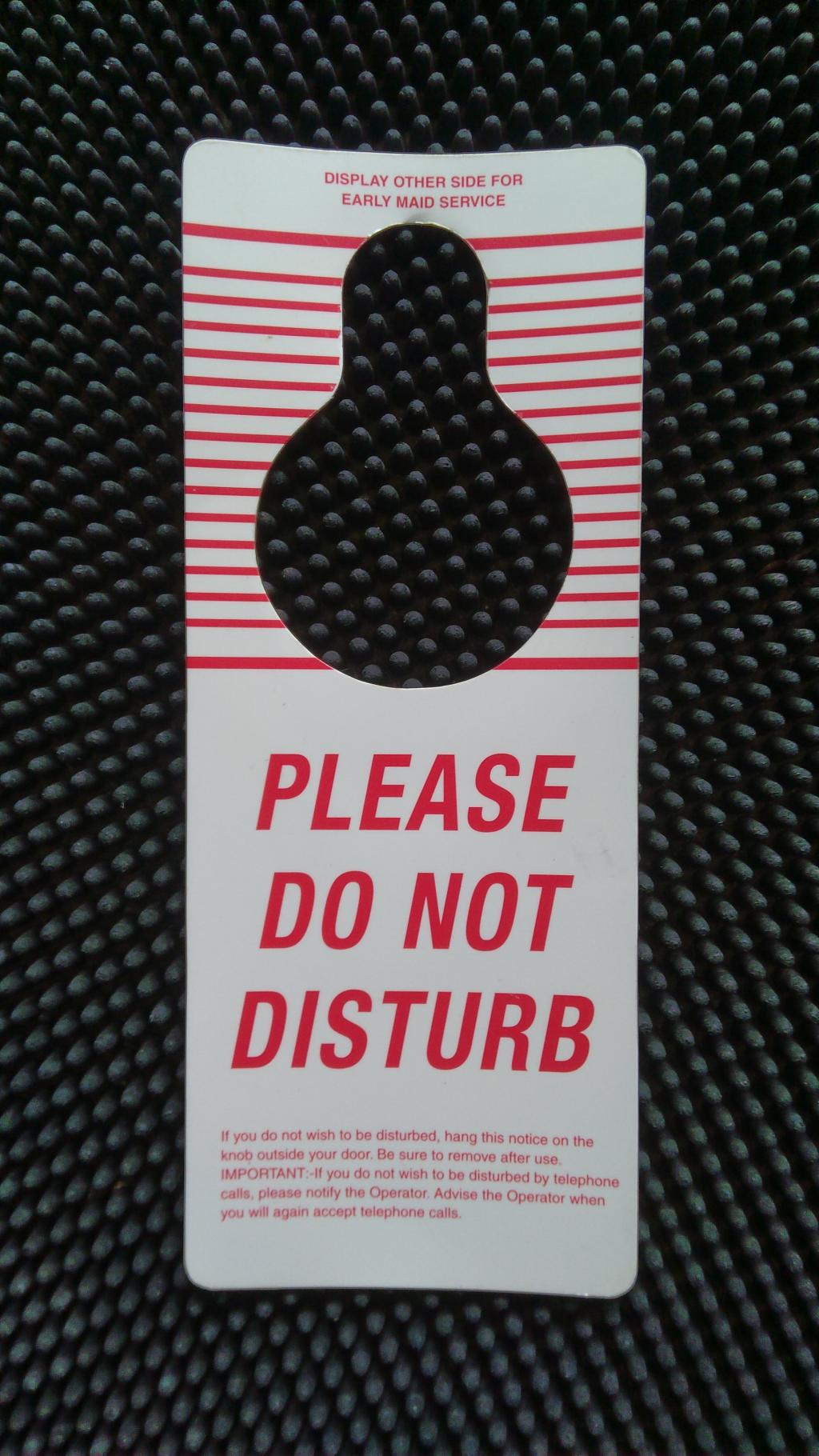
 I am
I am